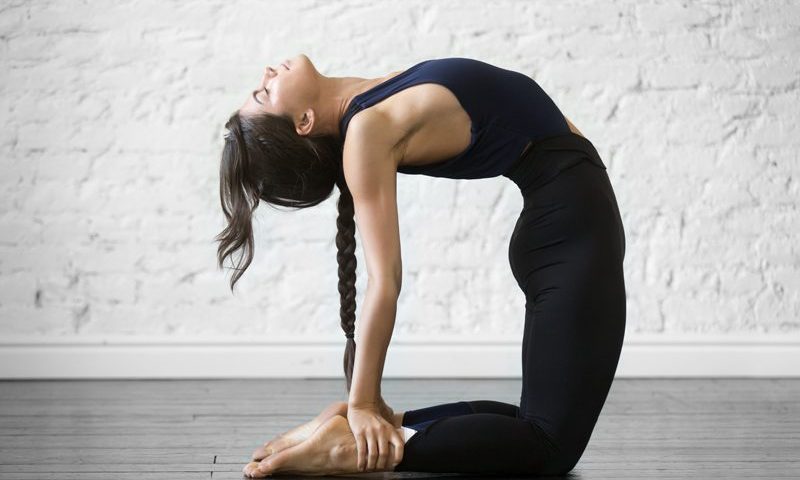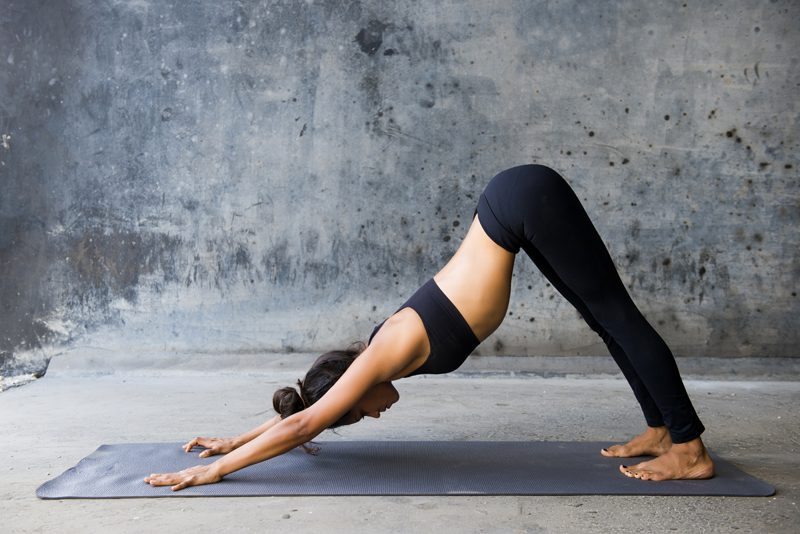
What is Mula Bandha?
6th June 2019
Beginners Guide to Yoga Clothing
13th June 2019The 5 Tibetan Rites and Their Benefits

The Tibetan Rites are five simple kriyas. Best explained as movements through two or more poses, Kriyas can be practised in just a few minutes and help you to live a long and happy life. In modern yoga, the five sets of movement would be considered a vinyasa flow. Vinyasa is best described as two or more postures practised together with a transition. Often, the transition turns the postures into dance or tai chi like movements. Practising all 5 Tibetan Rites together will take less than 20 minutes, making it easy to hop on the yoga mat and slot them into your daily schedule. In this article, we explore the 5 Tibetan Rites and their benefits in more detail.
Where did they Originate?
Today, the Tibetan Rites are often referred to as the Fountain of Youth exercises. This is because practising them can help you to stay youthful and healthy as you age. Believed to be over 2,500 years old, the exercises have been used by Tibetan monks and yogis for centuries. Originating in the west, the Rites were first published in 1939 in a book entitled The Eye of Revelation. The author, Peter Kelder, claims to have learnt the Rites from a retired British army Colonel who shared stories of living in a Tibetan Temple and learning from the monks themselves.
In the book, the British army officer describes his journey in Tibet where he learned the rhythmic movements from monks, or Lamas as they’re often known as. The movements helped the Lamas to live a healthy, long, and vigorous life. While the Rites have been used for over 2,500 in Tibet, they were only brought to the West after WWI. In recent years, they have seen a renewal in interest with many yoga gurus, TV shows and health-related books preaching about their benefits.
The 5 Tibetan Rites
Rite 1: Tibetan Spin
To practice Rite 1, begin standing tall with your arms out to the side, palms facing down. Next, lift your index finger and gaze at it as you spin. This step helps to control potential dizziness. When you’re in position, gently spin in whichever direction you feel most comfortable. For best results, complete 21 rotations; however, if you become dizzy, stop on an odd number at any time.
Rite 2: Prone To Upward Staff Pose
To practice Rite 2, begin lying on your back with your palms on the floor. Raise your head and tuck your chin into your chest. As you raise your head, lift your legs vertically keeping your knees straight with your feet flexed. Finally, gently lower your legs and head back to the mat. Repeat the exercise up to 21 times, keeping your breath in time with your movement.
Rite 3: Rabbit to Camel Pose
To practice Rite 3, begin kneeling on the mat with your toes curled under and your head tucked down towards your knees. Next, arch your back and draw your belly button into your spine. You should now be in Rabbit Pose. Slowly lift your chest and lengthen your neck as you use your stomach muscles to erect your body. Place your palms on your bottom, keeping some pressure there to remind you to stretch through the spine. Lower your head back while opening through your stomach, chest, and quadriceps. You should now be in Camel Pose. Take a deep breath in and lift up through your chest as you return to an erect position. Repeat the movement up to 21 times for best results.

Rite 4: Staff to Upward Plank Pose
To practice Rite 4, begin seated with your legs extended and your feet hip-width apart. Your palms should be on the mat with your fingers facing towards your feet. Bring your chin into your chest, drop your head back and lift your body so that your knees bend whilst your arms stay straight. At this stage, you should look like an upside-down table. If this feels uncomfortable, you can manoeuvre into Upward Facing Plank which leaves your knees straight while raising the middle of your body into an upside-down push up. Another modification is to transition into Bridge Pose, instead. Repeat the movement 21 times or end on another odd number.
Rite 5: Upward Dog to Downward Dog
To practice Rite 5, you need to transition between two standard yoga poses – Upward Dog and Downward Dog. In case you’re unfamiliar with the postures, begin face down on the mat with your hands directly under your shoulders. Keep your toes pointed, straighten your arms to lift your upper body off the mat. As you do so, arch your back and tilt your head back to gaze at the ceiling. From here, use the strength in your arms to create the initial lift out of Upward Dog. Engage your abdominals and allow them to carry your hips and lower back towards the ceiling. Finally, use the movement of your quadriceps drawing up to carry the roll over your toes so that your feet are flat on the ground. Your arms and legs should now be straight, allowing your body to form a ‘V’ shaped position. Repeat the movement around 21 times for best results.
Benefits of the 5 Tibetan Rites
The 5 Tibetan Rites are thought to have many benefits. Some of these include detoxifying the body, reducing insomnia, enhancing the memory, reversing the ageing process, balancing the chakras, relieving joint pain and arthritis, improved strength and coordination, and improved mental and physical health. According to yoga guru and author Chris Kilham, those make time to practice the Rites will see the immense potential value.
In Summary
Whether you’re an experienced yogi or you’re just starting out, put on your yoga top and practice the Rites daily to reap the benefits. If practised correctly, the 5 Tibetan Rites can bring great change to the body and mind.

